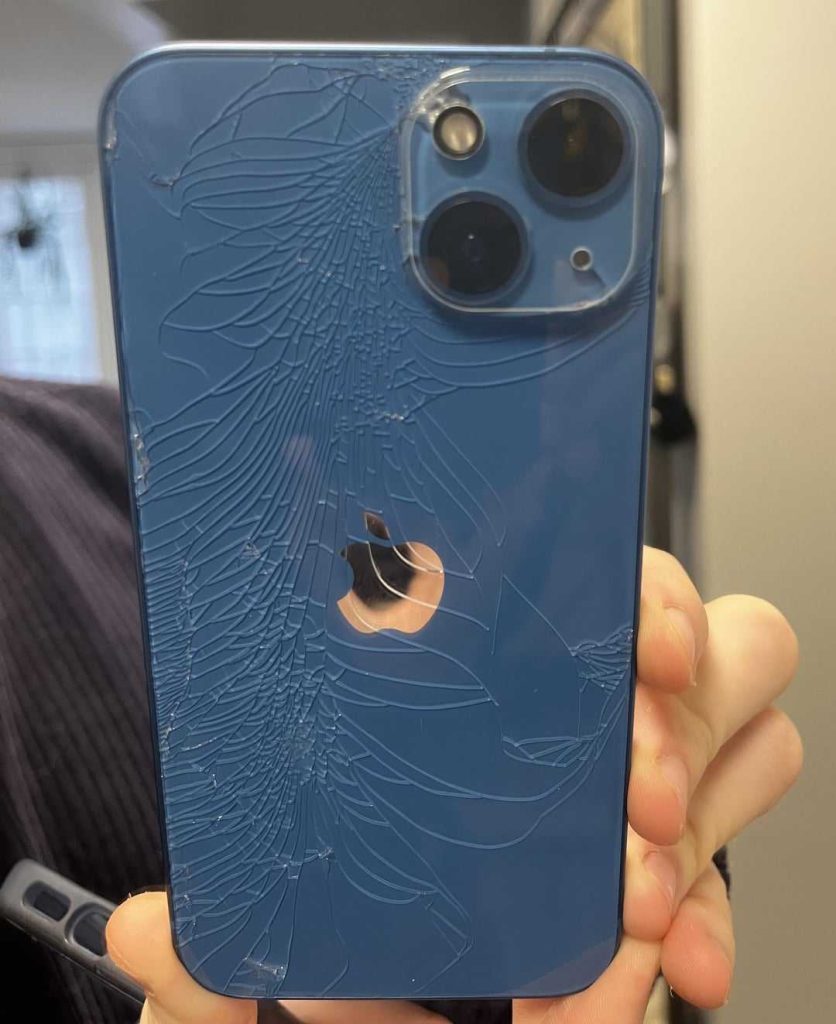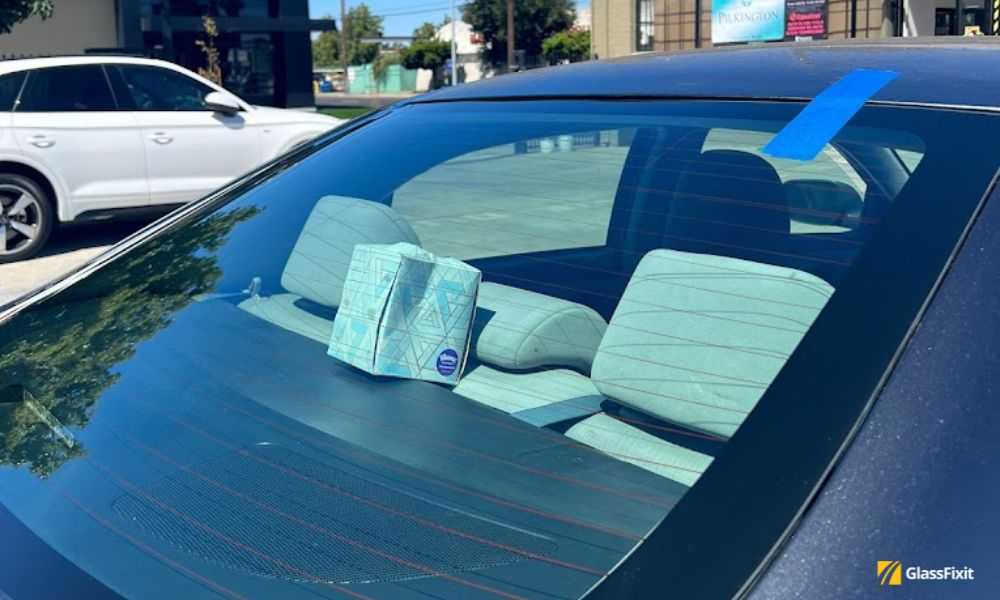The legal limit for rear windshield tint varies depending on your location, but generally, it allows for a certain percentage of light to pass through the tint. For most regions, the maximum tint darkness permitted ranges from 20% to 35% VLT (Visible Light Transmission). Always check your local laws before applying tint, as exceeding these limits can result in fines or vehicle violations.
In summary, the legal limit for rear windshield tint typically falls between 20% and 35% VLT, but it can vary by state or country. It’s crucial to adhere to these regulations to avoid penalties and ensure your vehicle remains compliant with the law.
Wearing tinted windows can offer privacy and protection from harsh sunlight, but it’s essential to understand the legal boundaries set by authorities. Many drivers are unaware that overly dark tinting on the rear windshield might be illegal or require specific exceptions. These regulations are put in place not only for safety reasons but also to ensure that law enforcement can see inside the vehicle when necessary. Navigating the rules can be confusing, especially with different laws across states or countries. Knowing the legal limit for rear windshield tint helps you enjoy the benefits of tinted windows while staying within the boundaries of the law, avoiding fines, and maintaining road safety.
What Is the Legal Limit for Rear Windshield Tint?
Understanding Tint Regulations
Tint laws for vehicle windows are designed to ensure driver visibility and safety. They specify how dark or reflective window tints can be, especially on the rear windshield. Different states have different rules, making it essential to know your local laws.
Why Are There Restrictions on Rear Windshield Tint?
The rear windshield is crucial for rear visibility. Dark or reflective tints can obstruct the driver’s view, increasing the risk of accidents. Regulations help balance privacy with safety for all road users.
Common Laws Across Different Regions
In many places, the rules for rear windshield tint vary. Some regions allow very dark tints, while others restrict tinting to a certain percentage of light transmission. Always check specific state or country laws before tinting your rear windshield.
What Does ‘Visible Light Transmission’ (VLT) Mean?
VLT stands for Visible Light Transmission, which measures how much light passes through the tinted film. For example, a VLT of 20% means only 20% of the light gets through, with the rest blocked. Most regulations specify maximum VLT percentages for rear windshields.
Typical Legal Limits for Rear Windshield Tint
In most regions, the legal limit for tint on the rear windshield ranges from 5% to 35% VLT. Some states allow darker tints for certain vehicle types or under specific conditions, like for disabled drivers.
Standard Limits by Region
| Region | Maximum VLT for Rear Windshield | Notes |
|---|---|---|
| California | Below 70% | Cannot be darker than 70% VLT; no restrictions on the rear windshield for passenger vehicles |
| Texas | 25% | Rear windshield can have up to 25% VLT, with side windows at 25% |
| Florida | Below 28% | Tail lights and reflectors also have tint restrictions |
| United Kingdom | 50% VLT minimum | Rear windows can be tinted but must allow enough light for safe driving |
Special Considerations for Commercial and Luxury Vehicles
Certain commercial vehicles or luxury cars might have different tinting regulations. For instance, limousines often have custom tint rules to enhance privacy, but they still must stay within legal limits. Always verify with local authorities for these exceptions.
How Tint Darkness Affects Visibility and Safety
Very dark tints can reduce glare and heat, but they also limit visibility, especially at night. This trade-off makes it vital to ensure your rear windshield tint does not impair your ability to see clearly.
Effects of Excessive Tinting
Excessively dark rear windshields can cause blind spots, making it harder to see objects or vehicles behind you. This increased risk can lead to accidents or traffic violations.
Getting Your Rear Windshield Tinted Legally
Before tinting, check your local laws and choose a reputable tinting professional. They can help you select the right tint and ensure it complies with legal standards.
Steps to Ensure Legal Tinting
- Verify your area’s specific VLT limits for the rear windshield.
- Choose a tint film that matches the allowed light transmission percentage.
- Request professional installation to ensure proper application and adherence to regulations.
- Obtain any necessary tinting permits if required by your local laws.
Penalties for Non-Compliance
Driving with illegal tinting can lead to fines, citations, or even vehicle recalls. Law enforcement officers may require you to remove or replace illegal tint films during inspections.
How to Check if Your Tinted Rear Windshield Is Legal
Using a VLT meter is the most accurate method to measure your tint’s darkness. You can also visit a professional tint shop for testing and certification to confirm your tint complies with regulations.
Additional Tips for Safe and Legal Tinting
– Avoid overly dark tints that could obstruct your vision.
– Use reflective or mirrored tint films only if allowed by law.
– Be aware of restrictions regarding tinting on certain vehicle parts, like the windshield and side windows.
– Remember that laws can change; stay updated with local regulations regularly.
Summary of Key Points
- The legal limit for rear windshield tint varies by region, typically between 5% and 35% VLT.
- Always verify specific state or country regulations before tinting your vehicle.
- Properly installed tint films that meet legal standards promote safety and avoid penalties.
- Using a VLT meter helps ensure your rear windshield tint remains within legal limits.
- Consider safety implications alongside privacy when choosing your tint darkness.
Related Topics
- How to choose the right tint percentage for your windows
- Benefits of tinting your vehicle’s windows
- Legal requirements for front side windows and windshield tint
- How to properly install window tint for durability and compliance
- Differences between reflective, non-reflective, and matte tints
Knowing the legal limit for rear windshield tint helps you stay safe and comply with the law. Always research your local regulations and consult with professionals to ensure your vehicle’s tinting is legal and effective. Proper tinting can enhance privacy and reduce heat while keeping you on the right side of the law.
How to Choose the RIGHT Window Tint | Don't Make A Mistake
Frequently Asked Questions
What is the maximum tint percentage allowed on a rear windshield in most states?
Many states permit a tint percentage of up to 20% on the rear windshield, meaning the glass can block 80% of light. However, some states may allow darker tints, so it’s essential to check local regulations to ensure compliance. Having the proper tint percentage helps maintain visibility while adhering to legal standards.
Are there any exemptions for certain vehicles regarding rear windshield tint laws?
Yes, some states provide exemptions for specific vehicles such as trucks, SUVs, or emergency vehicles. These exemptions might allow darker tinting on the rear windshield to accommodate particular needs. Always verify if your vehicle qualifies for exemptions and the exact tint limits applicable to it.
What are the penalties for exceeding the rear windshield tint legal limit?
If you tint your rear windshield beyond the legal darkness level, authorities can issue fines and order you to remove or modify the tint. Repeated violations might result in increased penalties or vehicle inspection requirements. Staying within legal limits helps avoid costly fines and ensures your vehicle remains compliant.
Does the legal tint limit for the rear windshield vary by country or state?
Yes, the legal restrictions on rear windshield tint vary widely depending on your location. Some regions enforce strict regulations to ensure driver visibility, while others allow darker tints for privacy or safety reasons. Always review the specific laws applicable in your area before tinting your vehicle.
Are there specific reflective or mirrored tint restrictions on the rear windshield?
Many jurisdictions restrict reflective or mirrored tints on the rear windshield due to safety concerns. Such tints can cause glare or obscure visibility for other drivers. Check your local regulations to determine whether reflective tints are permitted and at what levels.
Final Thoughts
The legal limit for rear windshield tint varies by location, typically ranging from 15% to 35% VLT (Visible Light Transmission). Many regions specify a minimum of 25% VLT, allowing some visibility while maintaining privacy. Check local laws to ensure compliance with your area’s regulations. Understanding these limits helps avoid penalties and ensures safe driving conditions.



